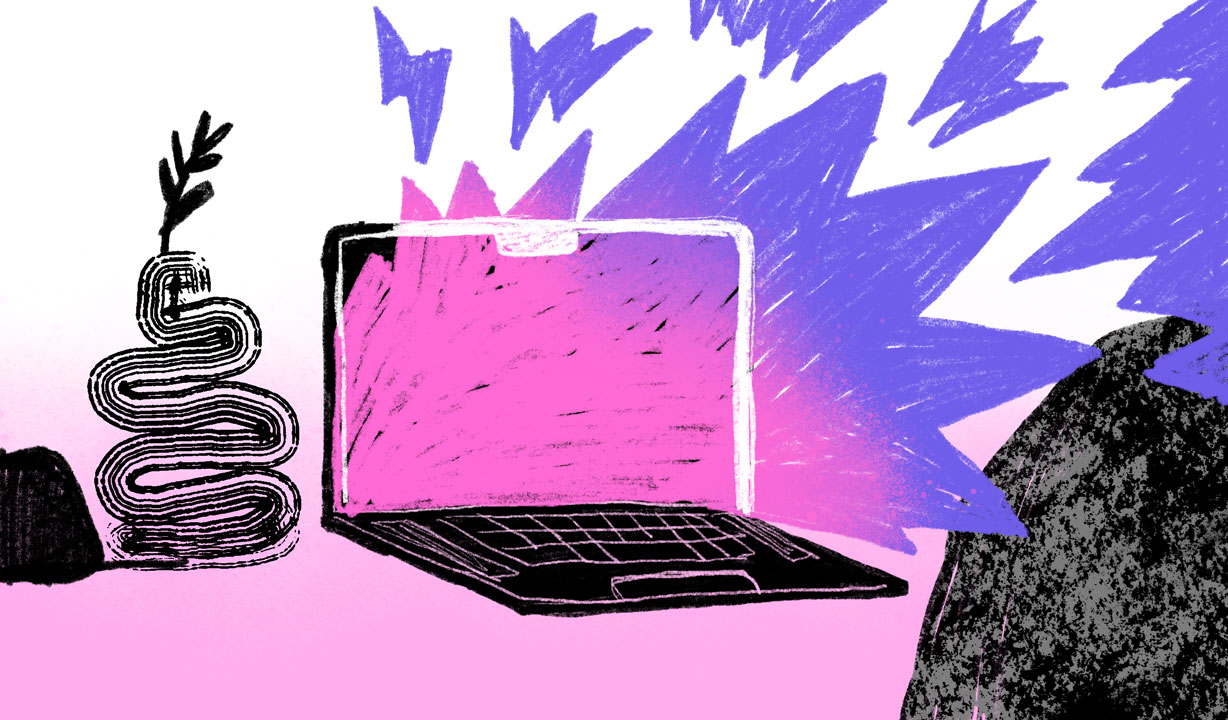As a graphic designer, your portfolio is the single most important element of your professional presence. It’s an opportunity to demonstrate to potential clients and employers the quality of your work, your style, and your capabilities. Here are 9 tips to help you build an impressive portfolio that will draw in the right people and projects.
1. Don’t showcase projects that you are not proud of
It’s simple: clients will hire you for what they know you can do. Don’t showcase projects that you are not proud of just because you need more content in your portfolio. You will only end up getting more low-quality projects. If you feel like the projects that you currently have are not reflecting all your skills, just fake it. Your portfolio is not a mirror of your actual work, but a place where you can highlight your skills as a designer. Think of it as a director’s cut version of a movie: present the projects as you would have done them, not as they actually turned out because of the client’s requests.
2. Make it clear and straight forward
Your portfolio should be clear and easy to navigate. Clients, employers and recruiters are reviewing lots of portfolios when they are looking for somebody to work with. Make sure your best qualities are highlighted in the first sections of your website. Think about your portfolio as one of your best projects (one that will always be a work in progress).
3. Don’t Be Afraid to Show Off Your Work
You should be proud of your work, so don’t be afraid to show it off! Choose the best examples of your work and make sure to include a variety of projects that showcase the full range of your skills. Add descriptions to your projects where you can clearly state what were your responsibilities and the challenges that you had to tackle. That’s where your future clients will be able to relate and think of you as the right person for the job.
4. Use Premium Mockups for Presenting Your Work
Premium mockups are an incredibly useful tool for showcasing your work in the best possible light. Not only will they help you to create eye-catching visuals that are sure to impress any potential employer or client, but they will also give your portfolio the professional touch it deserves. With the help of mockups, you can bring your designs to life and give them a unique look and feel that will truly make them stand out. Use these mockups to showcase your branding projects, web design projects, advertising projects or illustrations. Pro tip: buying them in bundles helps save over 50%.

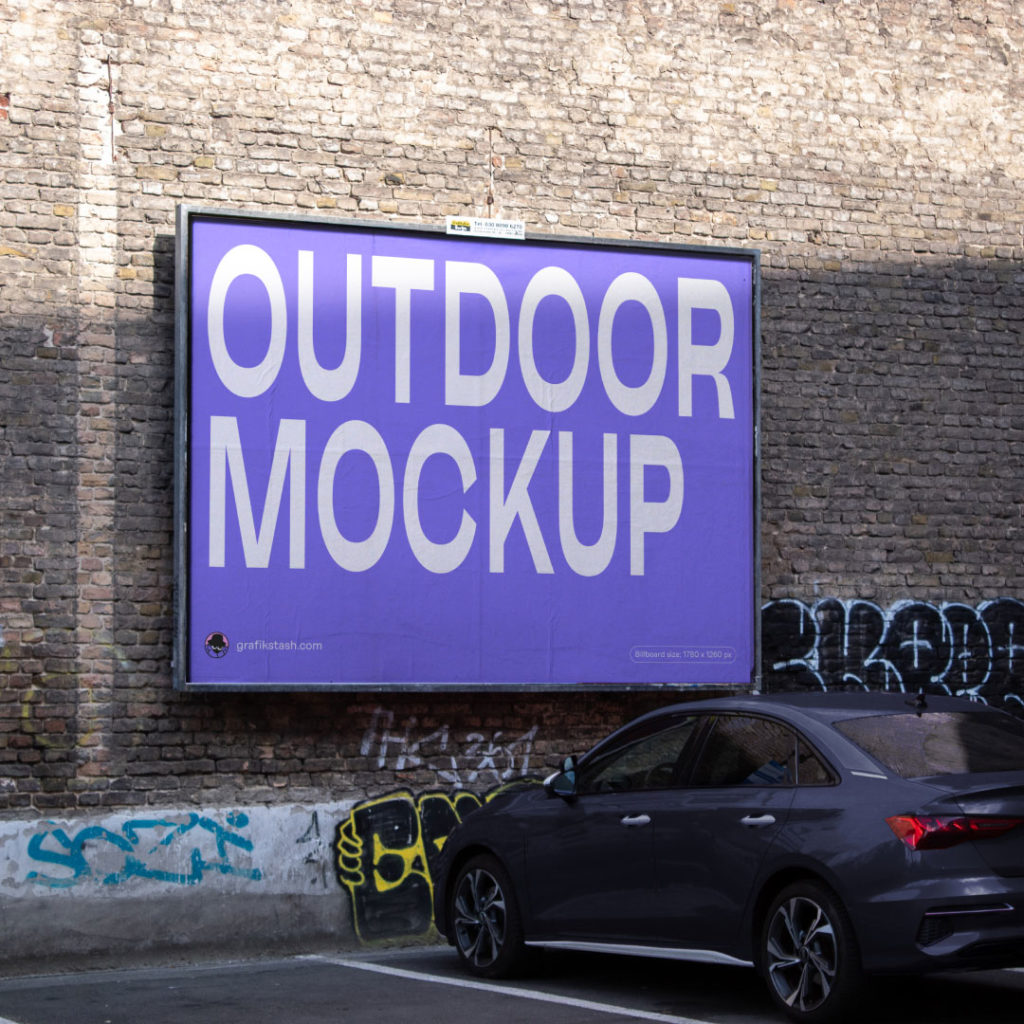
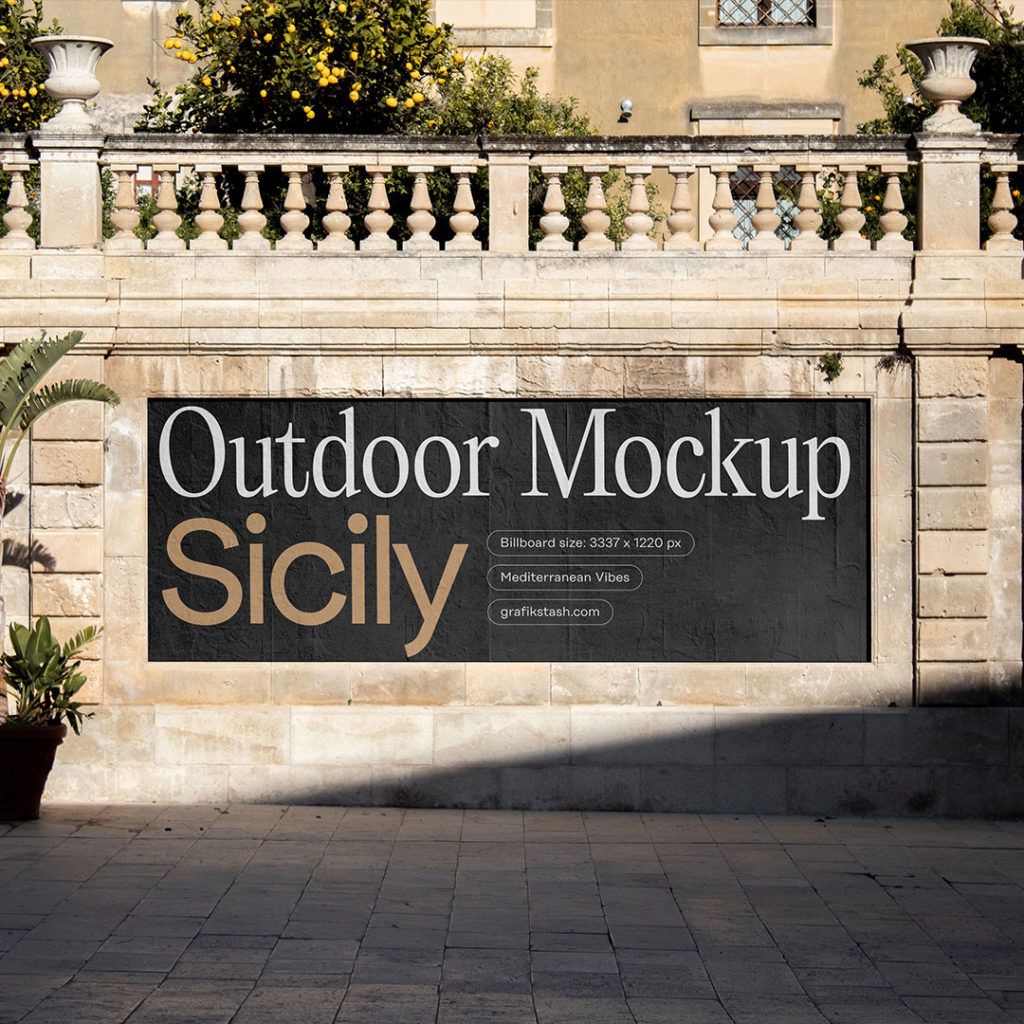
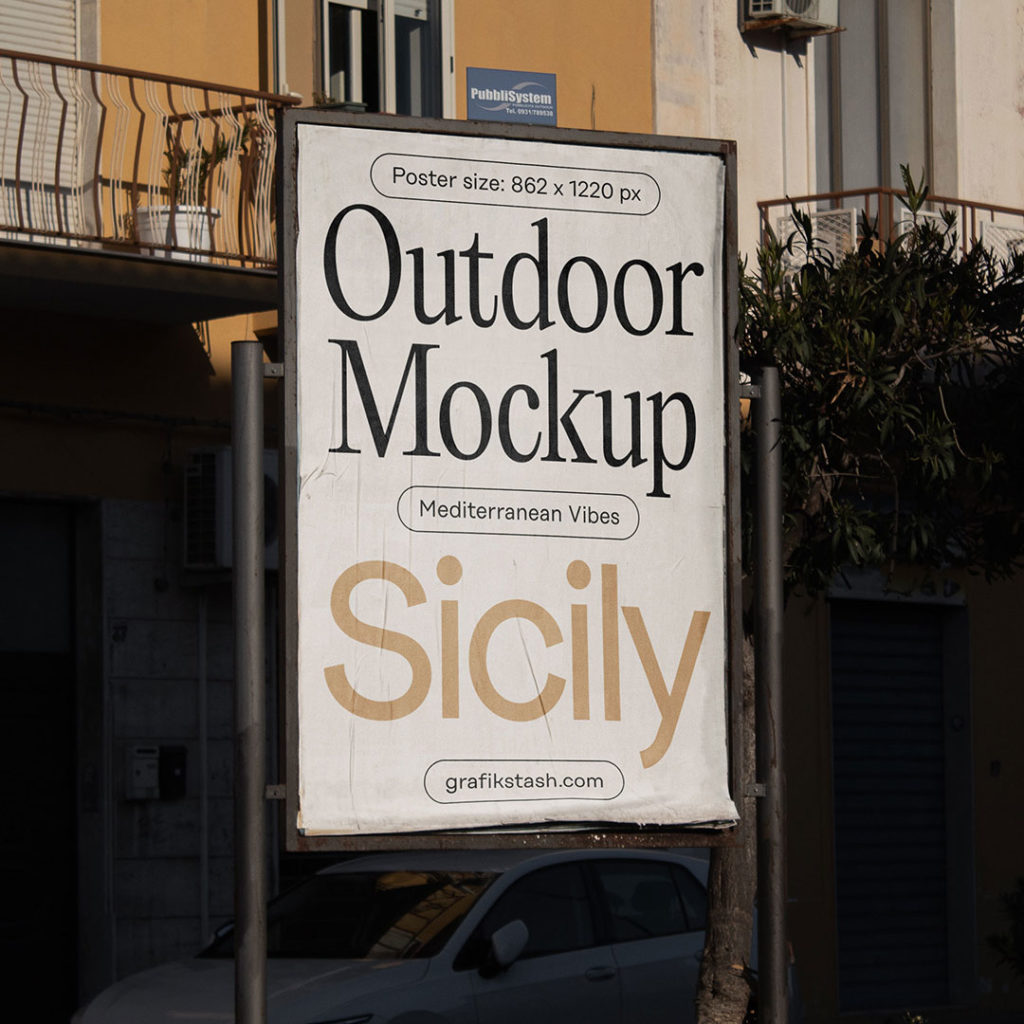
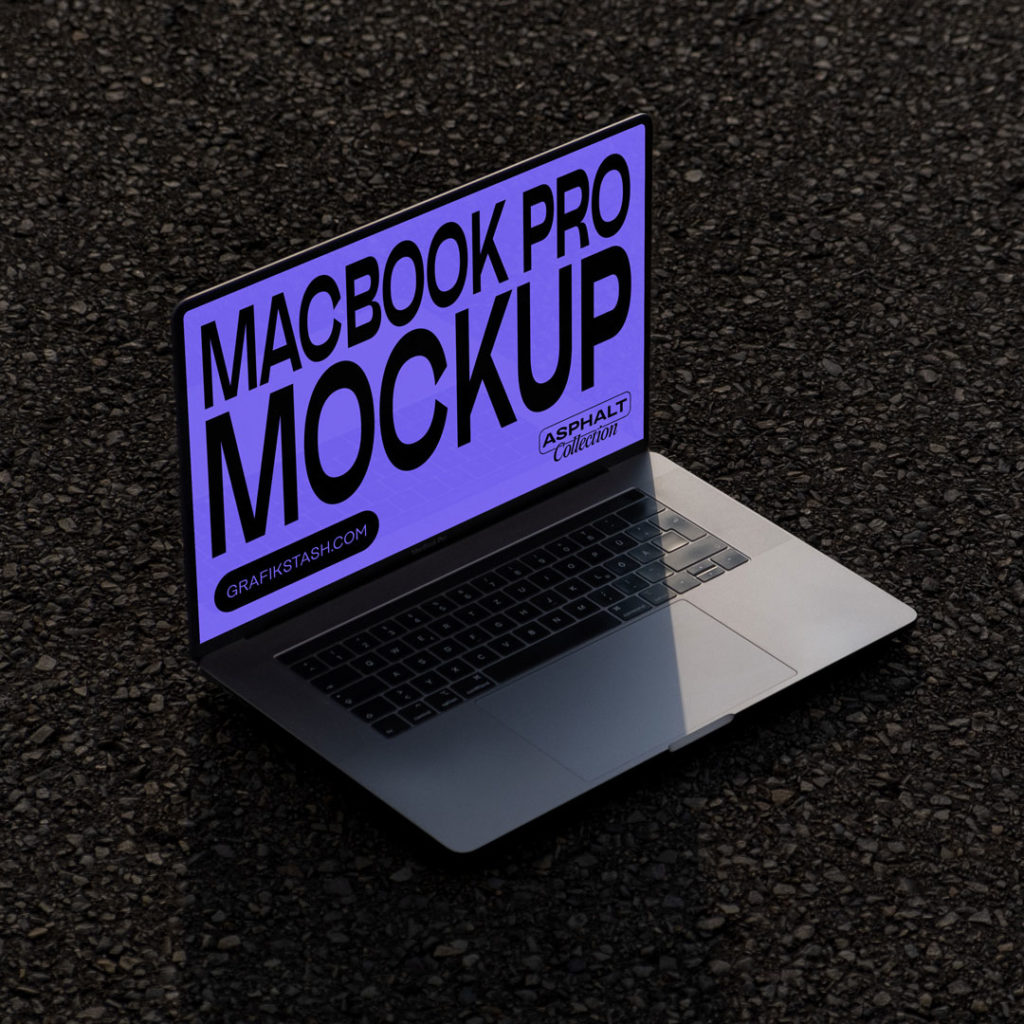
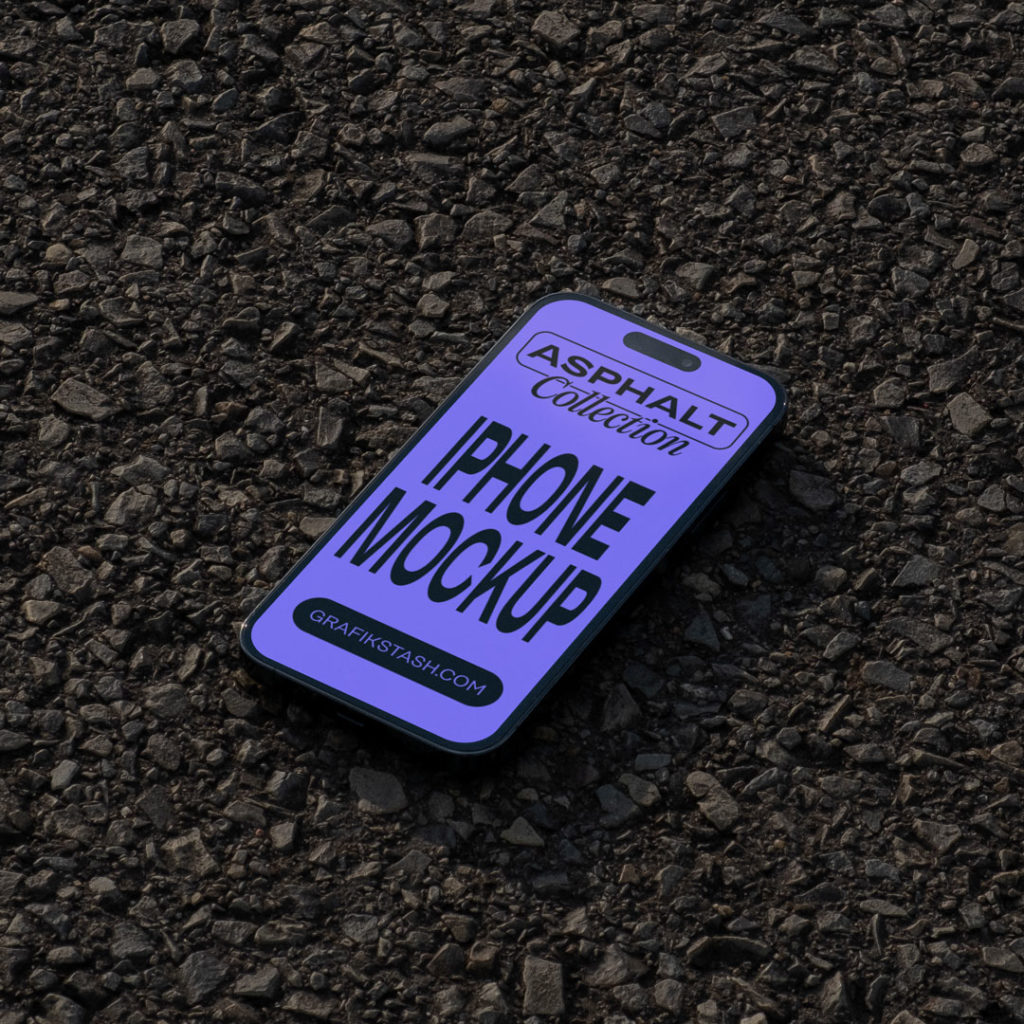
5. Include Projects That Showcase Your Range
Your portfolio should include a range of projects that demonstrate the breadth of your capabilities. Consider including examples of your work that exemplify your design, illustration, typography, and other skills. Show clients and employers that you have the ingenuity, creativity, and experience to bring their projects to life. With a portfolio that reflects your unique abilities, you will be able to stand out from the competition and make a lasting impression.
6. Showcase Your Process and Development
Including a few projects that demonstrate your design process and development can really reinforce your design skills and give potential employers a better understanding of the work you are capable of. Showing that you have a well-thought-out process and can successfully take projects from idea to completion will demonstrate to employers that you have the problem-solving skills and capabilities to fulfill their expectations and complete their projects successfully.
7. Keep Your Portfolio Up to Date
Your portfolio should always be up to date with your latest work, so make sure to add new projects regularly. This will help you stay up to date with industry trends and show that you are actively creating new work.
8. Don’t forget about social media
It’s 2023, and showcasing curated snippets of your work on platforms like Instagram, TikTok, Dribbble or Behance should be a no-brainer. Employers are often checking these channels to see if you are capable of creating a beautiful feed and understand how digital communication actually works.
9. Not sure how to design your portfolio? Here’s something that might help you.
I know that building a portfolio can generate a lot of pressure and can bring a lot of anxiety. Let me tell you something: a personal website will always build more credibility than a Behance or Dribbble account. It’s impressive how much designers underestimate this. Stating that you are able to design beautiful websites for your clients but not having a personal website is a bit counterintuitive, isn’t it? Rombo UI Kit for Figma has a lot of components that can help you design a strong portfolio website in no time. If you don’t want to start from scratch, you can use the already-made template that will ensure your work is presented in a way that will convert visitors into clients.
Conclusion
Your portfolio is the most important element of your professional presence as a graphic designer. If you want your work to bring in new clients or job opportunities, make your portfolio a project you are proud to share. If it’s not fun, you’re not going to enjoy the process and you will soon abandon it. So don’t put a lot of pressure on it, give it time and invest in it consistently. This way your portfolio will grow together with your career. Have fun creating!

